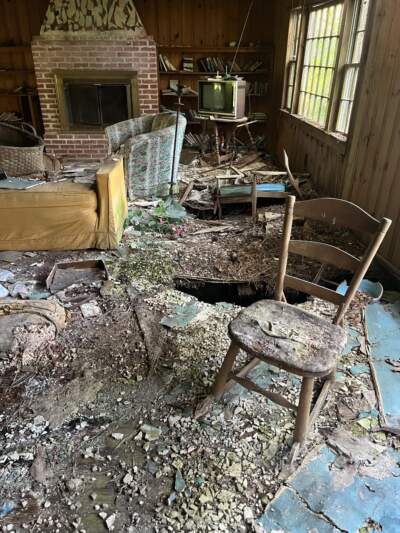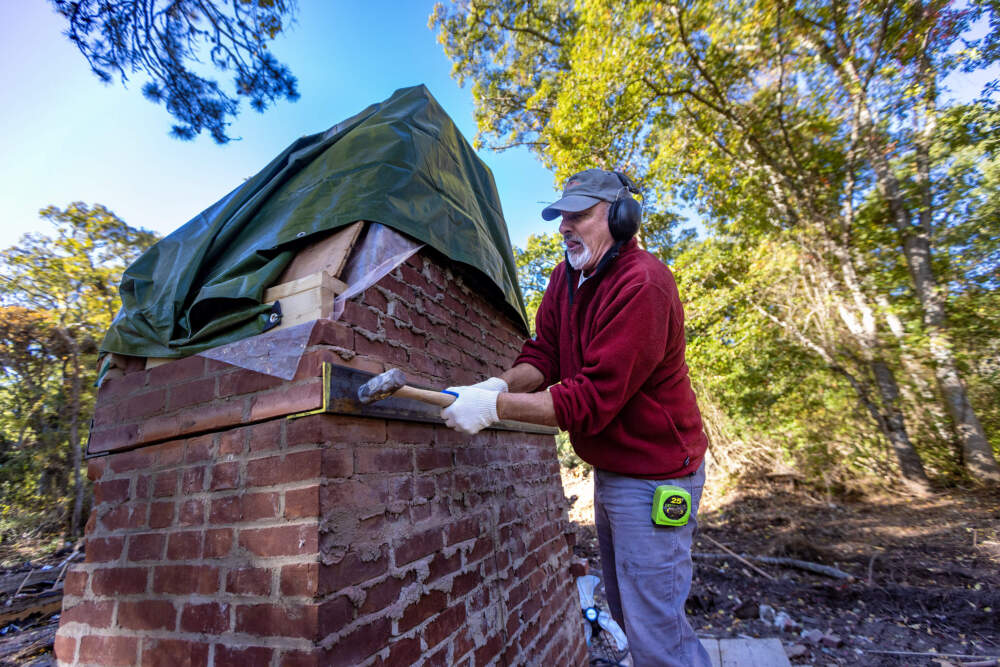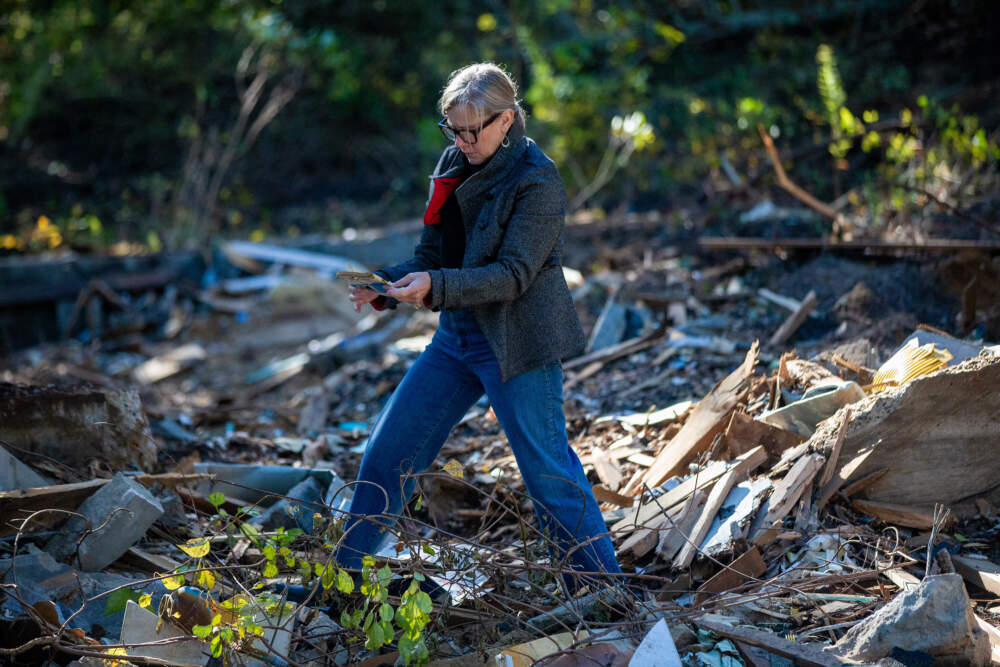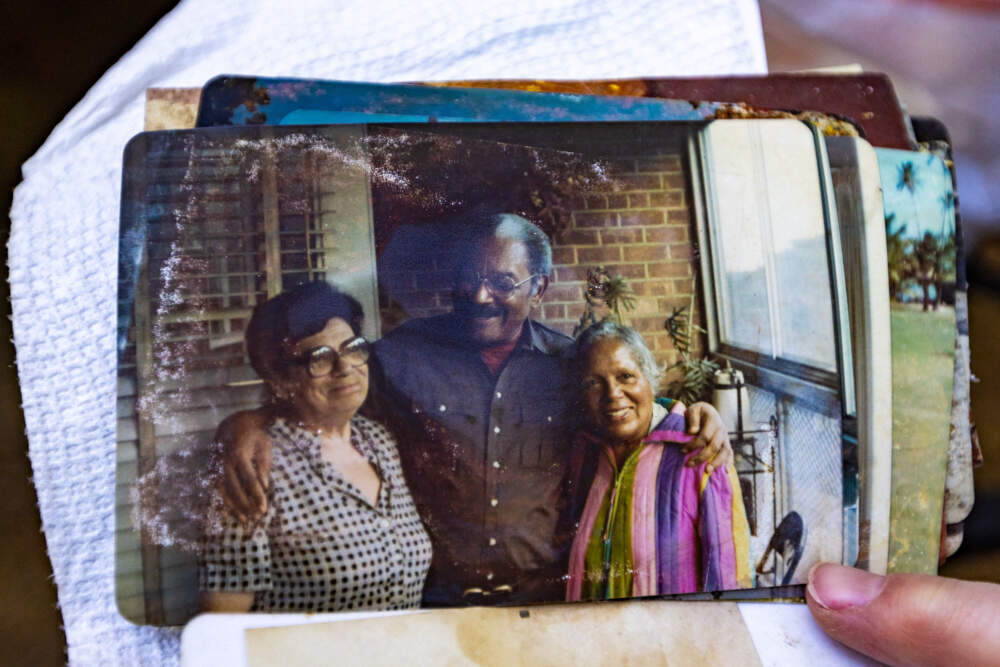Advertisement
A work by a famed Black painter is saved from a condemned Cape Cod house

In 1960, famed Black artist Norman Lewis made a trip to Cape Cod. He visited his friends, Hampton and Marguerite Gill, and somehow ended up painting a piece on the chimney of their house in South Dennis.

After decades of being uninhabited, the house was eventually condemned by the city at the end of this summer. But sisters Drew and Callie Bass, who inherited the property from the Gills after their deaths, were determined to preserve Lewis’ work. By September, they were in contact with local arts specialist Christine Berlane.
“When I got the call, the town had given them 30 days to level the house,” Berlane said. “Time was really of the essence. I was determined to at least try my hardest to save it.”
Born in Harlem in 1909, Lewis is widely credited as being the only Black member of the first generation of the Abstract Expressionist movement that emerged after World War II. It became a dominant trend in Western painting in the 1950s. According to Berlane, if the painting were on canvas instead of a chimney, its estimated value would be around $500,000.
Berlane worked with Ruberti Construction to devise a way to demolish the building while maintaining the integrity of the chimney. The house was essentially cut in half and then torn down. Berlane also called stonemason Conrad Languth to inspect the chimney. He determined that it was possible to save the artwork by stabilizing a portion of the structure.


“So we are basically going to have a steel collar around this whole thing,” Languth explained. “Then I’ll demo some holes on each side for the forklift to pick this up so we can save this structure.”
The plan is to transport the chimney to Eldred’s Auction Gallery in Hanover, where it will live until the Bass sisters and Berlane decide on next steps. Berlane feels that this is an opportunity to learn more about the Gills, Lewis and the people they would’ve interacted with.
“We also don't know the story behind why [Lewis] painted the piece on the chimney,” Berlane said. “I think it's a part of a much richer, deeper history that is unknown. To preserve that history is paramount.”

